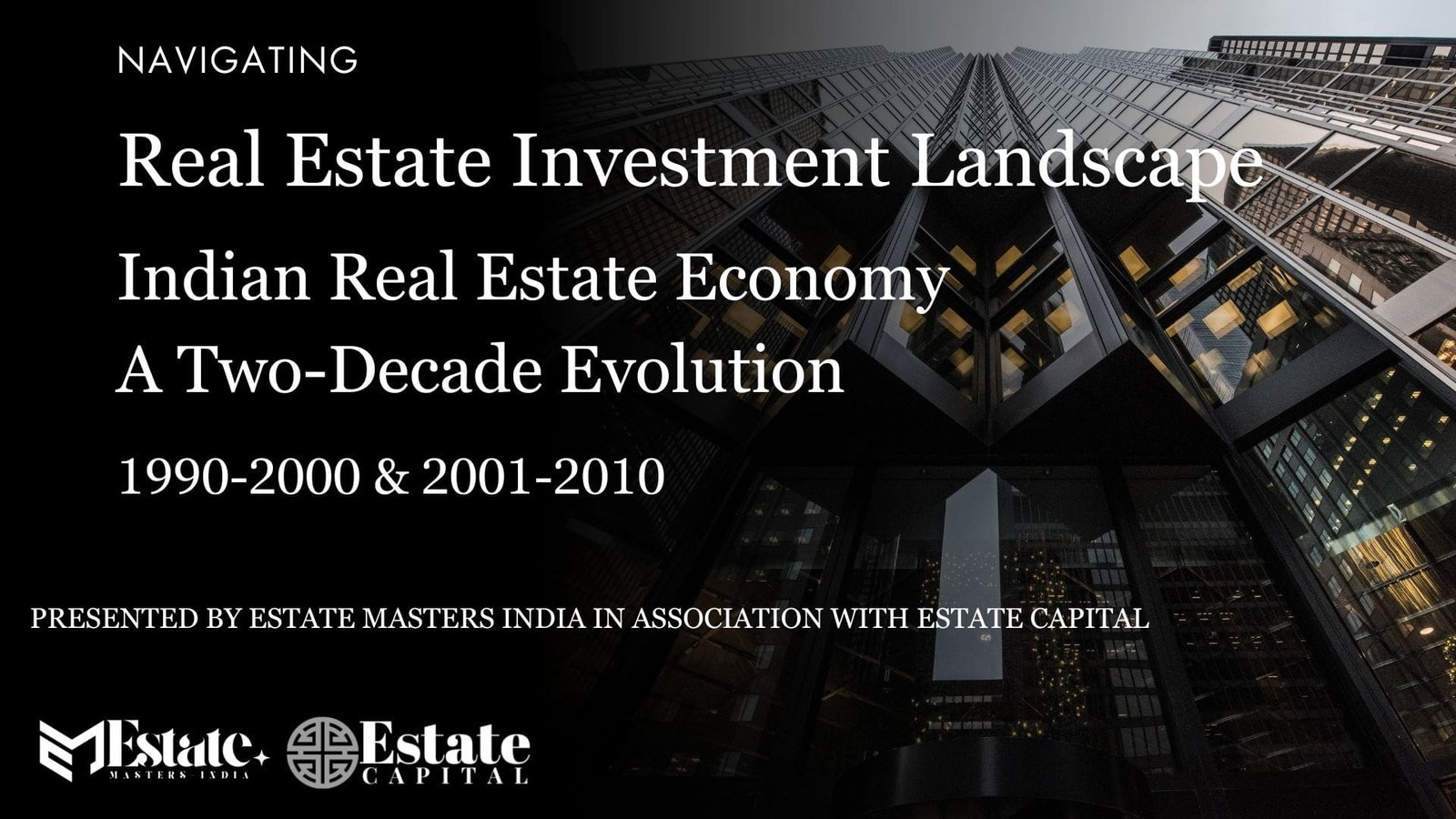Phase 1: 1990–2000 – Foundation & Formalization
The 1990s marked a turning point for India’s economy and, subsequently, its real estate sector. The economic liberalization in 1991–92 under the leadership of then-Finance Minister Dr. Manmohan Singh opened doors for private enterprise and global investment.
🔑 Key Developments:
- Urbanization Begins: Cities like Delhi, Mumbai, Bangalore, and Chennai started expanding due to growing service and manufacturing sectors.
- Emergence of Housing Finance: Institutions like HDFC, LIC Housing Finance, and NHB enabled middle-class homeownership.
- Growth of IT & BPO Sector: Created initial demand for commercial spaces in metro cities.
- Unorganized Sector: Despite growth, real estate remained fragmented and largely dominated by local developers, with low transparency and unclear land titles.
- Slow Regulatory Development: Lack of RERA (which came much later) and other structured mechanisms meant buyers had little protection.
📊 Impact:
- Real estate contribution to GDP: ~3–4%
- Residential housing dominated the sector.
- Initial demand for malls and office parks began to appear by the late 1990s.
Phase 2: 2001–2010 – Boom, Global Interest & Maturity
The 2000s witnessed explosive growth in the Indian real estate sector, fuelled by liberal policy reforms, foreign investment, and a booming middle class.
🔑 Key Developments:
- FDI Allowed in Real Estate (2005): 100% FDI under automatic route in township and construction development projects.
- Rapid Urban Expansion: NCR, Bengaluru, Pune, Hyderabad, and Ahmedabad became real estate hotspots.
- Commercial Real Estate Boom: Due to rise in IT/ITES, SEZs, and corporate expansions.
- Housing Demand Soared: Driven by rising incomes, easy home loans, and aspirational urban lifestyles.
- Emergence of Big Developers: DLF, Unitech, Hiranandani, Omaxe, and others started shaping the skyline of Indian metros.
- Precursor to REITs and Institutionalisation: Real estate began attracting institutional capital, though REITs were still a decade away.
⚠️ 2008–2010: The Slowdown
- The global financial crisis of 2008 impacted liquidity.
- Many projects were delayed or cancelled.
- Market sentiment dipped, though recovery began by 2010 due to strong domestic demand.
📊 Impact:
- Real estate contribution to GDP: ~6.5%
- Urban population reached 300+ million by 2010.
- Shopping malls, townships, and IT parks became common.
From policy-driven growth in the 1990s to capital-driven expansion in the 2000s, these two decades laid the foundation for modern Indian real estate. While the sector matured in terms of scale and ambition, it also highlighted the need for better regulation, transparency, and infrastructure — setting the stage for the post-2010 reforms.





Join The Discussion